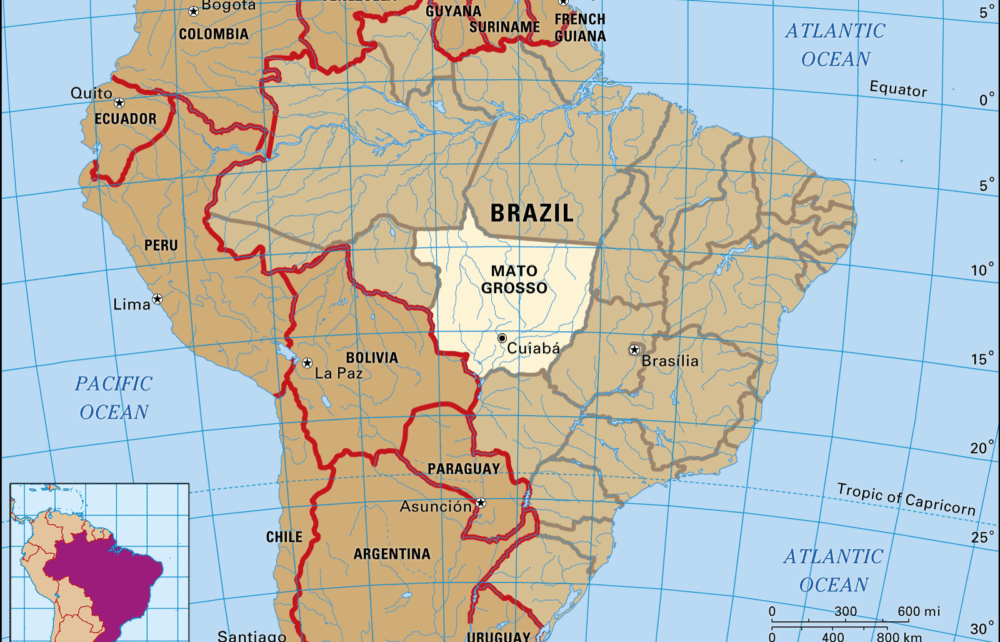by: Jessica Ferreira
China is investing in the construction of a transoceanic railroad, which will link Brazil to Peru, shortening distances and reducing transportation costs and further consolidating its partnership with Brazil.
The project will connect the Brazilian and Peruvian coastlines and will significantly reduce transportation time and distance, making trading faster and cheaper while also reducing dependence on traditional sea routes such as the Panama Canal.
With an estimated investment of hundreds of billions of dollars, the railroad promises not only to benefit Brazil and Peru, but also to boost the economic development of the entire region.
Despite its transformative potential, the project faces major challenges, such as the need to cross the Amazon Rainforest and the Andes Mountains, regions that are difficult to access and have sensitive ecosystems, and disagreements between Brazil and Peru over the ideal route for the railroad.
However, these challenges also represent opportunities for innovation and cooperation between the countries involved, as overcoming them will require advanced technologies and meticulous planning, as well as a joint effort by governments and companies to ensure that the project is carried out in a sustainable and efficient manner.
The commercial relationship between China and Brazil has been growing exponentially, and with the proposal to build a railroad, the partnership will be further strengthened.




